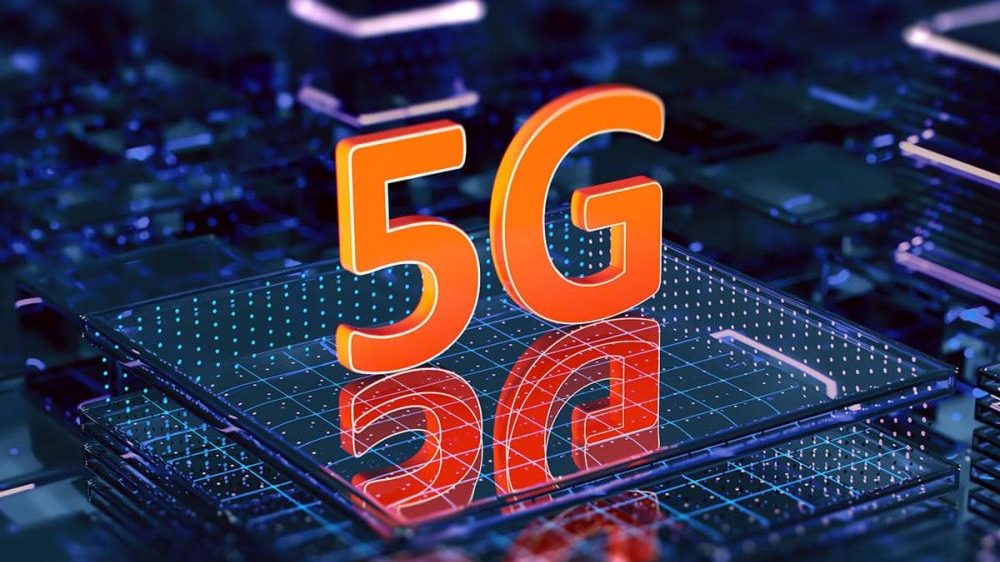Three out of four Mobile Network Operators (MNO) s’ annual expenses in Pakistan on the spectrum are above 10 percent of their revenues, which presents a threat to the development of 5G in the country.
This was revealed in the official documents of the Ministry of Information Technology and Telecommunication. International consultancy, Coleago Consulting, did a study on Pakistan spectrum, which is currently under review by the ministry.
The high spectrum cost may jeopardize operators’ ability to invest and support affordable services, resulting in the slower deployment of MBB networks and more expensive, lower-quality MBB services. In the long term, it will hinder social and economic digital development.
The documents recommended the government take measures to increase the affordability of the spectrum for the operators. There are many countries around the world that use measures like annual payment and deferred payment, etc., to reduce the cost burden of operators, particularly in the first years of network roll-out.
Countries with low spectrum auction prices and long spectrum license lengths tend to have better network coverage, a wider choice of services, better take-up, and healthier competition. An econometric study by the GSMA found that high spectrum costs lead to negative consumer outcomes by restricting the financial ability for network investment.
The documents also noted that in developing countries, high spectrum costs slowed the rollout of 3G and 4G networks and drove long-term reductions in overall network quality. Globally, the spectrum costs are declining. A Coleago Consulting study computed the Spectrum Price Index (SPI), i.e., total spectrum cost divided by monthly mobile revenue.
The SPI is 6 for 3G, 4 for 4G, and 2 for 5G. This equals an annualized spectrum cost of 3 percent of revenue for 3G, 2 percent for 4G, and 1 percent for 5G. In countries such as China, the UAE, Saudi Arabia, and Kuwait, the number is below 1 percent.
The Coleago study also calculated the impact of the annualized cost of the spectrum on MBB investment and drew the following findings:
- The cost of a spectrum of up to 5 percent is unlikely to slow down investment in mobile broadband and 5G. There is also evidence that a lower percentage is likely to deliver better outcomes for 5G deployment
- In many well-developed 4G markets, the annualized cost of spectrum is 5-9 percent of mobile revenue. This indicates that below 10 percent of the annualized may not have a material negative impact on network deployment.
When the cost of spectrum amounts to 10 percent of mobile revenue, operators may hit budget constraints, i.e. investment in mobile broadband and 5G is likely to be slower than it otherwise would be. A cost of spectrum above 10 percent of revenue presents a threat to the development of 5G.


























Lets be real. No one in their right mind is going to invest in 5G in Pakistan.
Zong Will. You’ll see. Which will force Mobilink and Telonor’s hand as well. And Ufone as usual will be out of the race